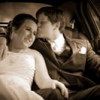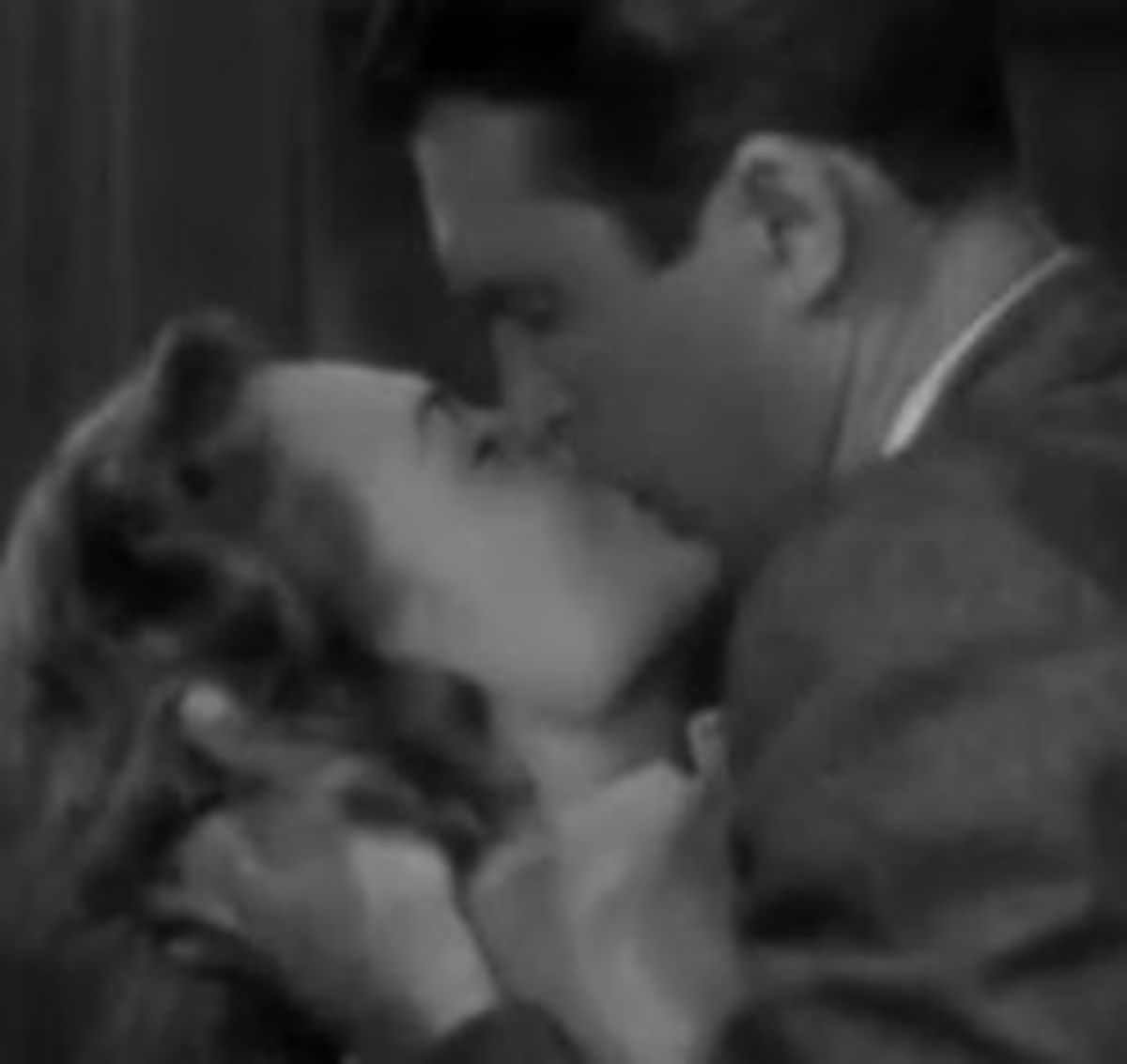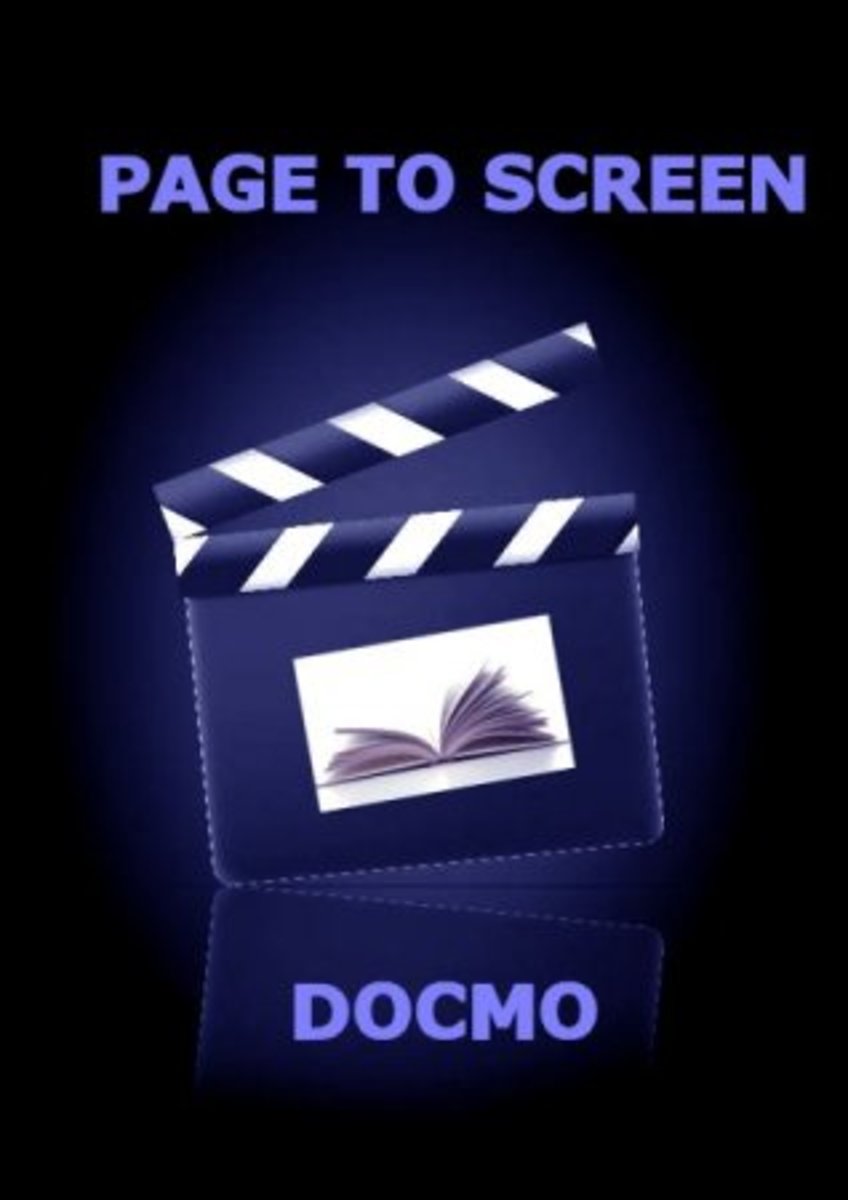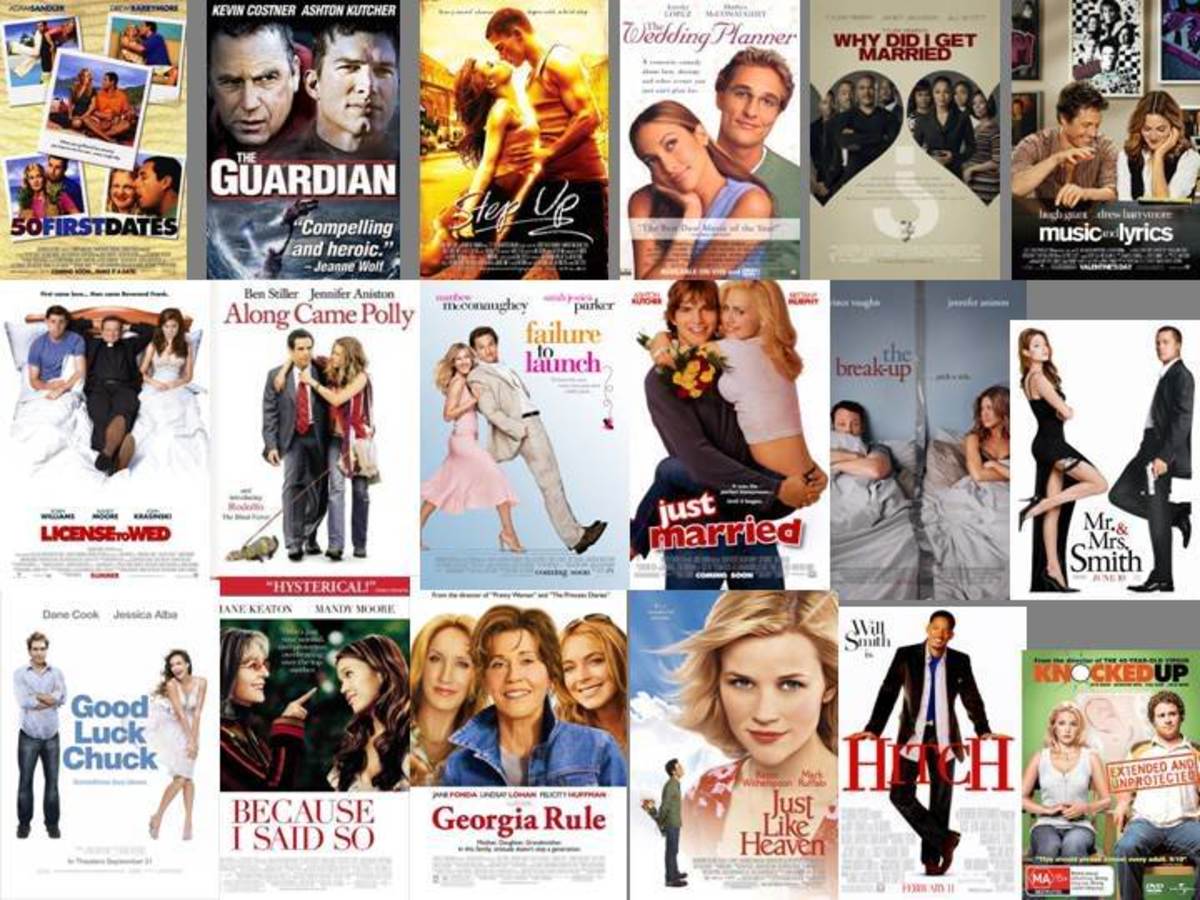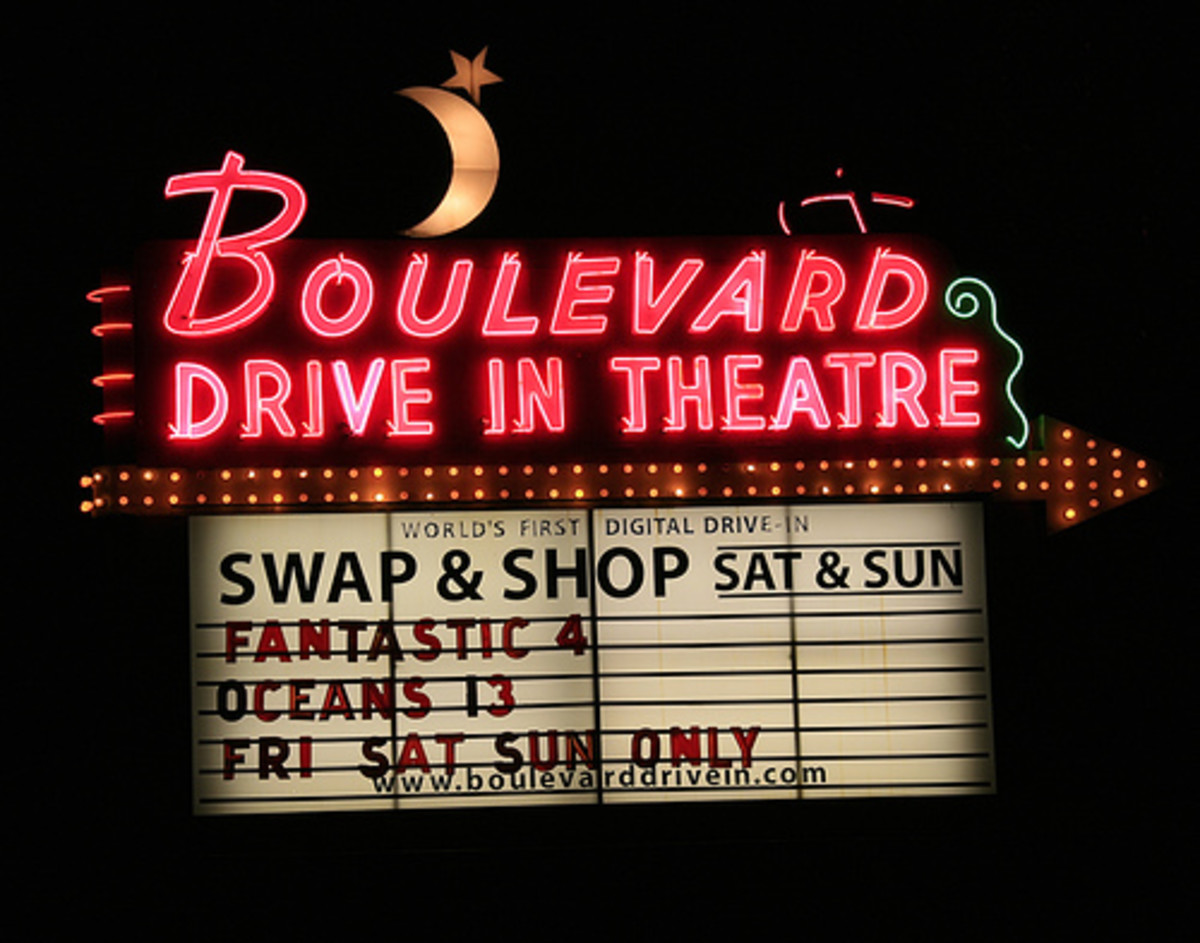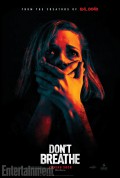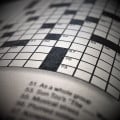Page to Screen: The Princess Bride
Rob Reiner's The Princess Bride movie poster.
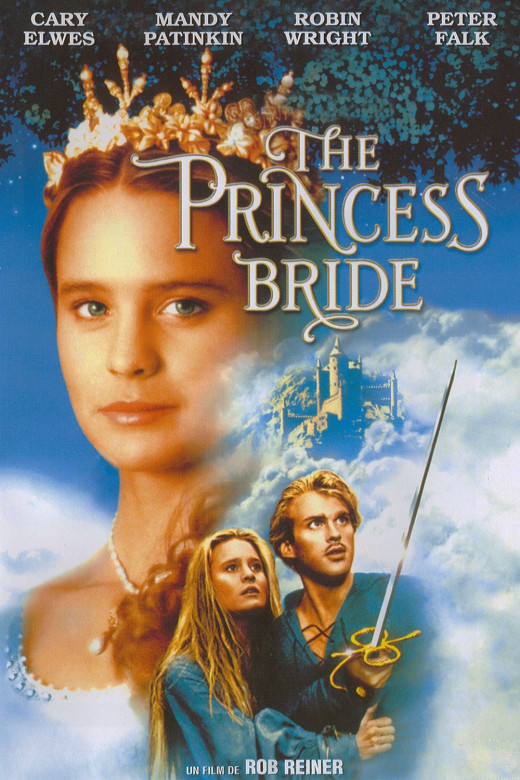
What is The Princess Bride (film)?
The film, released in 1987, is a 'romantic comedy fantasy adventure' film that's directed by Rob Reiner. Ironically, the film is very much an abridged version of the book, omitting some parts and character traits while still presenting the story intact. This is largely helped by the fact that the book's author, William Goldman, was the head writer for the screenplay. This is how film adaptations should always be done.
Most impressively, the film has a standing of 96% on Rotten Tomatoes and is featured on numerous American Film Institute lists. It's gone as far to be referred to as "The Wizard of Oz of our time" and is largely acknowledged as a cult classic film.
What is The Princess Bride (Novel)?
The Princess Bride was published in 1973 as a fantasy romance novel written by William Goldman. It's accredited as the 'abridged version' from Simon Morgenstern but there is no such work outside of this film. This proposed element is only part of the charm Goldman inserts into his novel, which is jam packed with numerous elements of comedy, adventure, romance, and fairy tale. It involves a woman becoming infatuated with a stable boy before becoming separated and being married off to a prince who's aspiring to create war with a neighboring kingdom. It features loveable characters, witty dialogue, creative and original ideas, and is the very epitome of a good natured, charismatic fantasy-fairy tale romp.
William Goldman's The Princess Bride
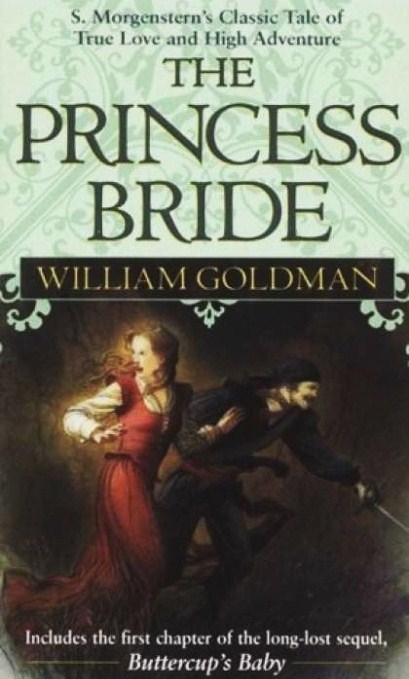
Omissions from the Book to Film
Small spoilers included.
As the author William Goldman was heavily incorporated into the making of the film, it stays very true to the original script and is largely the same story overall. As great as the film is in emulating the novel, there are still small differences and pieces left out in the cinematic viewing that slightly change aspects of the movie.
Prince Humperdinck
The primary antagonist (played by Chris Sarandon) in the film is largely viewed in a comedic light. Closer to his introduction when tracking Buttercup, he makes very outlandish claims, acknowledging a previous sword fight and which hand they wielded during the duel, detailing a fight with a giant, and somehow identifying the colorless, odorless iocane powder. Later on, he's quite lighthearted with the fact of killing his soon-to-be wife and blaming her murder on a rival kingdom to instigate war. Furthermore, when he gets a chance to actually engage a crippled Westley in physical combat, he becomes terrified and submissive, obeying Westley's every command.
While Humperdinck does all of these things in the book, his character is presented differently. While it's mentioned that he's a hunter in the movie, it's capitalized in the novel. He's described as 'barrel-chested,' something that Sarandon was physically not, and would regularly go out and hunt all sorts of animals. The character seemed more imposing and even made his own "Zoo of Death" (see below) to entertain himself.
The character is different in both presentations, although the burly novel character seem more understandable to want to create war. However, for both presentations, the characters are very believable and the slight deviation from the novel doesn't mar the character whatsoever.
Fezzik
This is more of a small difference that doesn't really change anything, but in the novel Fezzik loved to rhyme. It was mentioned once in the film "No more rhyming, I mean it! Anybody want a peanut?" but in the book it's far more frequent, adding to the reader's attachment to the character.
Literary Breaks and Asides
In the film, we have a grandfather reading the story to the boy which occasionally have breaks in the action for a good humoured moment or two. In the novel, we have Goldman pretending to express difficulties in understanding the 'original' script from S. Morgenstern. Both work very well for their mediums and nothing is really lost.
Zoo of Death
If there ever was a scene in the book that I wanted to see in the film, it was this. After Westley 'dies' and Fezzik and Inigo join up together again to look for him, they have more to do than to get past a secret knot and an albino. They have to venture down through Humperdinck's Zoo of Death, a five floored death trap filled with the deadliest creatures on Earth, all there for Humperdinck's hunting pleasure (another attribution that Humperdinck was a man's man). Each floor has different kinds of beasts: one has hippos, alligators, great snakes, another featured a horde of bats (which Fezzik is absolutely terrified of), and poisonous traps that 'make the Black Widow look like a rag doll.' I feel this might have been a terrific cinematic addition to the film (aside from the floor of darkness) and I was a little sad after having read the book to realize it hadn't been shown.
The Six-Fingered Sword & Domingo Montoya
This is one of the few sections of the book describing a character's past, in this case, Inigo when he was ten and his father was still alive, as well as the business with Yeste and selling swords. It also describes the sin that Count Rugen paid to Inigo as well as the painstaking detail that went into the six-fingered sword that is only shown and barely talked about in the film. Then, from Inigo's training to become a wizard (better than a master at swordplay) and his inability to find the six-fingered man and descending into alcoholism. It's not necessary in the overall scheme of things, but reading this helps portray the character of Inigo in a more sympathetic light.
Fezzik's Career as an eleven-year old Wrestler
Another scene describing a character's past, it shows Fezzik's parents manipulating him and living off his success as a hated wrestler, traveling from city to city defeating their wrestling champions with such ease. As the character feels literally written to describe the actor Andre the Giant (both are over 7 feet, and Andre weighed 100 pounds more than the 400 lb character), it describes as the crowd thinking of him as a bully, always picking on smaller people despite their skill. It leads into the reason why the 'Dread Pirate Roberts' is also able to take him down in a wrestling match.
There are other small changes as well, such as Humperdinck's mother being deceased in the book but not the film, but ultimately change nothing in the story.
Spoilers End Here.
Fan-made trailer for The Princess Bride.
Final Verdict
Having watched the film several times before ever reading the book, I have come to this conclusion. Both works are fantastic in every way, of creating loveable characters, a gripping plotline, and witty dialogue both on and off the page. With Goldman's help, the film is expertly cast, the small changes advantageous to the cinematic adaptation, and the set is gorgeous and sets the tone perfectly for the story. Moreover, the original plot is fantastic on page, delivering everything one has come to expect from the film, while featuring even more story. As with so many cases, the book is better than the film. However, it comes almost as a package deal; reading or watching one requires you to do the same with the other. I find it difficult to name films that expand and enhance the original work so perfectly, but The Princess Bride succeeds.
Book vs Movie
For those of you who read the book and watched the movie, what did you prefer?
Further Reading
You can read more Page to Screen adaptation commentaries if you click here.
© 2014 Travis Wood
